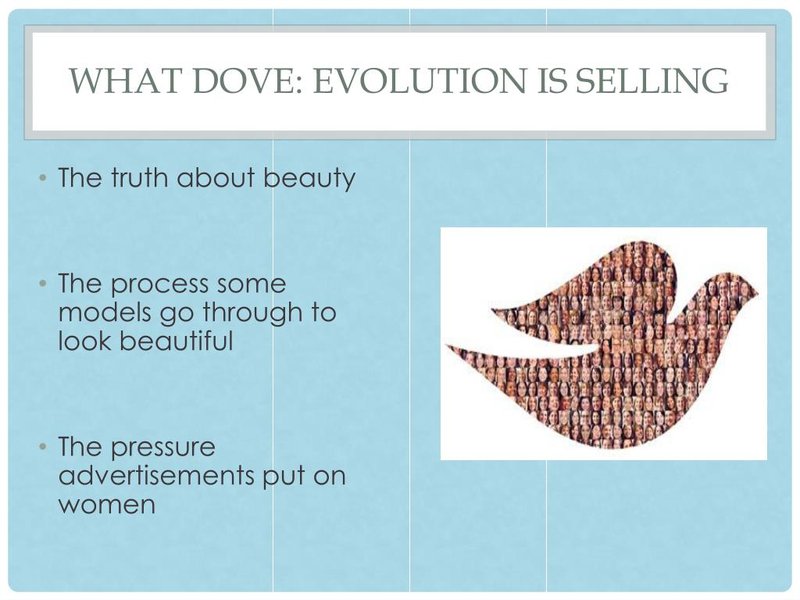
To start off, doves belong to a larger family of birds known as Columbidae, which includes pigeons too. They’ve been around for millions of years, adapting to various environments and playing different roles in cultures and societies. You might find it surprising to learn that despite their gentle appearance, doves have had a hand in human history that goes beyond just being symbols of love and peace.
The Origins of Doves
Doves are believed to have evolved from early birds during the late Cretaceous Period, around 100 million years ago. Picture a landscape filled with giant dinosaurs and lush vegetation. In this prehistoric world, the ancestors of modern doves took flight. The earliest doves were small, grain-eating birds that thrived in forested areas. Over millennia, they adapted to different habitats, from tropical rainforests to arid deserts.
What’s truly fascinating is that these adaptable birds spread across the globe. Fossil evidence suggests that doves existed in Europe, Asia, Africa, and the Americas. Their ability to live in diverse environments helped them flourish. As they spread out, their physical characteristics and behaviors changed, leading to the many species of doves we see today.
Domestic Doves and Their History
One of the major turning points for doves came when humans began to domesticate them. This process is thought to have started about 5,000 years ago in the Middle East. Imagine a time when humans were still figuring out agriculture and settling down. Doves caught the attention of early farmers with their gentle nature and ability to thrive near human settlements.
People started keeping doves for various reasons. They were a source of food, providing eggs and meat. Additionally, their calming presence made them popular pets. The act of raising doves evolved into a cultural practice, leading to their use in religious rituals and ceremonies.
The Symbolism of Doves in Culture
Doves carry significant symbolic meaning across diverse cultures. In Christianity, the dove represents the Holy Spirit, often depicted as a bird descending from above. Think of the story of Noah’s Ark, where a dove brought back an olive branch, symbolizing peace and hope after the flood. This imagery has woven doves into the fabric of human stories and beliefs.
Beyond religion, doves symbolize love and fidelity. They’re often depicted in weddings, representing the unity of two people. You might even see them in art, literature, and films, further embedding them in our cultural consciousness. Their gentle cooing and graceful flight make them perfect symbols of tranquility and harmony, often seen in peace movements and protests.
Types of Doves
There are over 300 species of doves and pigeons worldwide, each with unique characteristics. Some of the most well-known include:
- Rock Pigeon: Often found in urban areas, recognizable by its grayish color and iridescent neck.
- White Dove: A domesticated version of the rock pigeon, commonly associated with peace ceremonies.
- Mourning Dove: Known for its soft cooing, this bird is often found in North America.
- Nicobar Pigeon: A tropical dove with stunning feathers, native to the Nicobar Islands.
These varied species have adapted to their environments, showcasing a wide range of colors, sizes, and behaviors. It’s fascinating to see how their genetic evolution has tailored them to thrive in specific habitats. From city parks to tropical jungles, each dove seems to tell its own story of adaptation and survival.
Modern Threats to Doves
Today, doves face various challenges in the wild. Habitat destruction, pollution, and loss of food sources due to urbanization pose significant threats. You might be wondering why we should care about these beautiful birds. Well, like other wildlife, doves contribute to the ecosystem by helping to disperse seeds, which promotes plant growth and biodiversity.
Conservation efforts have been established to protect various dove species. Organizations work to safeguard their habitats and educate the public about the importance of these birds. Supporting these efforts is vital for ensuring that future generations can experience the magic of doves in their natural environments.
How to Attract Doves to Your Garden
If you’re interested in inviting these lovely creatures into your yard, it’s easier than you might think. Here are a few simple ways to make your garden more dove-friendly:
- Provide Food: Doves enjoy seeds like millet, sunflower seeds, and safflower. A simple bird feeder or scattered seeds on the ground can attract them.
- Create Shelter: Dense shrubs or a few birdhouses can offer safe resting places for doves.
- Water Source: A birdbath or shallow dish of water will draw doves in, especially during the hot months.
By making your garden more inviting, you’re not just enhancing your outdoor space; you’re also supporting local wildlife and contributing to the health of your local ecosystem.
The evolution and history of the dove is a rich tapestry woven through time, connecting these birds to various cultures and ecosystems. From their ancient origins to their role in modern society, doves continue to enchant us with their beauty and symbolism. By understanding their story, we deepen our appreciation for these gentle birds and recognize our responsibility to protect them and their habitats.
So, the next time you see a dove, take a moment to reflect on its journey through history. You might find that these seemingly simple birds carry a world of meaning and significance, reminding us of the beauty of nature and our role in it.

